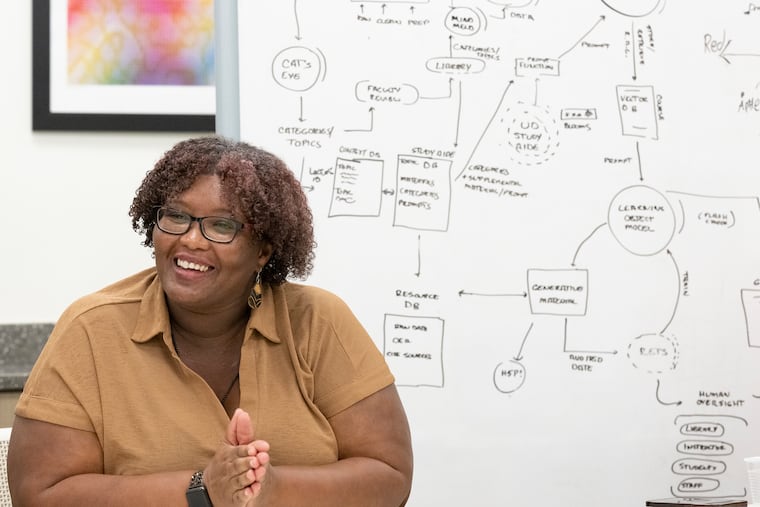As colleges grapple with AI’s pitfalls, U. of Delaware uses technology to transform faculty lectures into interactive study aides
The school is starting slow, piloting the effort with one professor this fall.

The school is starting slow, piloting the effort with one professor this fall.
